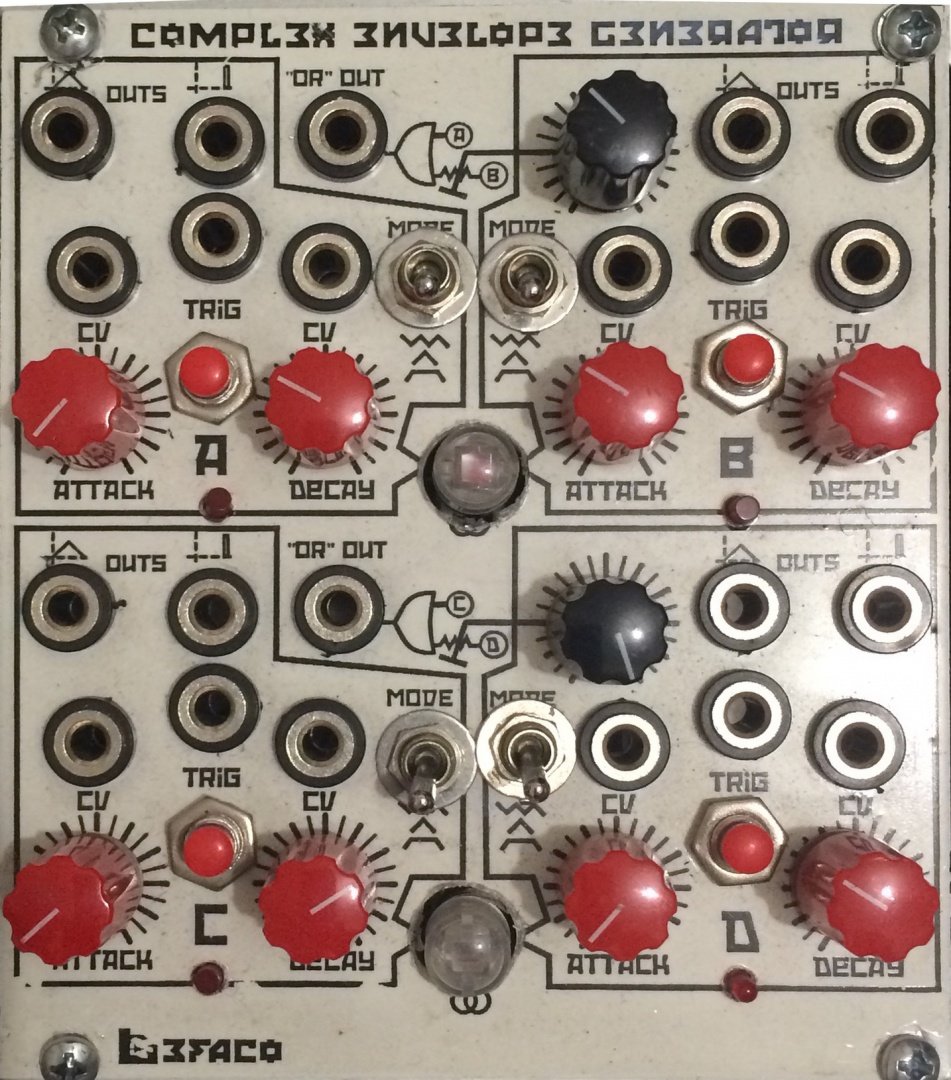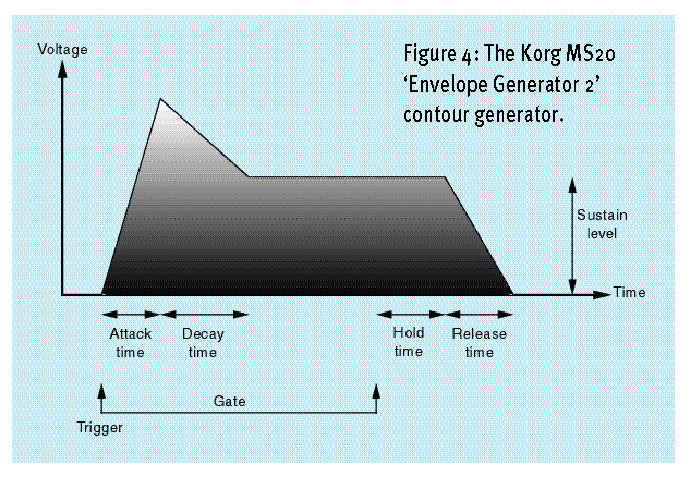

- #Envelope random drawing generator generator#
- #Envelope random drawing generator Patch#
- #Envelope random drawing generator code#
Release is the time taken for the level to decay from the sustain level to zero after the key is released.Įxcerpts from our code running on the Daisylooks like this: Sustain is the level during the main sequence of the sound’s duration, until the key is released.

#Envelope random drawing generator generator#
ADSR-envelopesĪ common envelope-generation-method is the four-stage envelope generator called ADSR:Īttack is the time taken for initial run-up of level from nil to peak, beginning when the key is pressed.ĭecay is the time taken for the subsequent run down from the attack level to the designated sustain level.

That can be the pitch of a note, a variable in a filter or as here: the sound amplitude. It’s job is to create something which can be used to adjust the size of another signal through time. “Automatic envelope generation” is commonly used to adjust the sound amplitude when triggering a note. The earlier parts is easy to find on the other side of thees links:
#Envelope random drawing generator Patch#
Included in the box - 1x East Beast, 1x East Beast wall-wart power supply, 5x Amazing Nazca Noodles Patch Cables, 1x 3.This is the third part of our blog series about digital audio synthesis. Input voltage range of oscillator = 0-10V Specifications for when used as a eurorack module Internal clock with tap tempo and can be clocked via an external source.Ĭan be used standalone in its included case or removed and used as a eurorack format module Variable state, multi-mode PGH “No-Dead-Spots” filter (lowpass, bandpass, highpass, modes can be combined)ĭual-range analog LFO with triangle wave outputĭigital multi-mod tool - modulation control via CV, random generator, and extra LFO and envelope generator Oscillator includes pulse-width modulation (PWM) and frequency modulation (FM) Oscillator waveforms - sine, triangle, saw, square, and pitched noise - Waveforms can be combined Pittsburgh Modular Synthesizer developed 100% analog oscillator Step sequencer can be manipulated & transposed via MIDI and the integrated button keyboard It’s like having 9 individual modules (Oscillator, filter, envelope, VCA, LFO, multi-mod tool, sequencer, MIDI to CV converter, and button keyboard). Again, no judgment.Įast coast style subtractive monophonic synthesizerĬontrollable via MIDI, CV, and integrated button keyboardįully patchable - use East Beast’s components as separate modules with external devices or reroute its internal patching. Maybe you don’t share our weird MIDI fetish, but at the least, you can enjoy plugging a MIDI controller into East Beast and rocking out and/or sequencing like mad. It has MIDI in and a fancy MIDI thru so you can chain multiple MIDI monstrosities together. But what’s not messed up is East Beast’s MIDI. We lay in bed at night thinking about connecting everything to a giant MIDI interface that responds to brainwaves. We’ve said it before, we love MIDI… It makes us feel warm and snuggly on the coldest of days. Anyway, East Beast has basically 9 different patchable modules (Oscillator, filter, envelope, VCA, LFO, multi-mod tool, sequencer, MIDI to CV converter, and button keyboard) with a whopping 18 Eurorack compatible patch points to plug into itself and your other gear. But what fun is that? Who doesn’t want to have their own personal spaghetti mess of cables sticking out of their synthesizer to get wacky with? At the very least it makes you look super sophisticated to anyone observing. Semi-modular means that the East Beast will work without any patch cables or anything. moving on….Įast Beast’s filter is a multi-mode filter, meaning it can be used as a low pass filter, high pass filter, bandpass filter, or a combination of the three for an even wider sonic palate. See spot sweep? Good spot, sweet spot! Ok, this is just getting weird…. From nasally to biting and elsewhere, it’s all one large sweet spot. The whole goal in making this filter was to create a creamy smooth filter with no dead spots, a very common phenomenon in all filters, but check it out. Most of the filters you are used to hearing are transistor ladder filters, or copies of transistor ladder filters. Anyway, this is a really really really good filter…. Frankly, it’s a bit obnoxious (like we should talk). Our uncomfortably serious friends (if you can call them that) at Pittsbugh Modular Synthesizers are just as serious about filters as they are about oscillators. PGH Filter? What in the flying banana pancake monster is that?


 0 kommentar(er)
0 kommentar(er)
